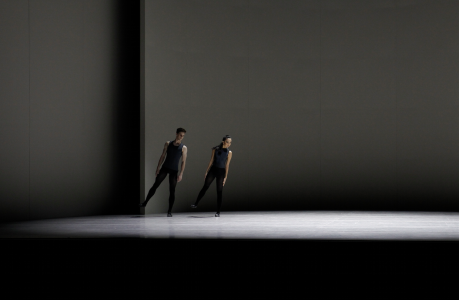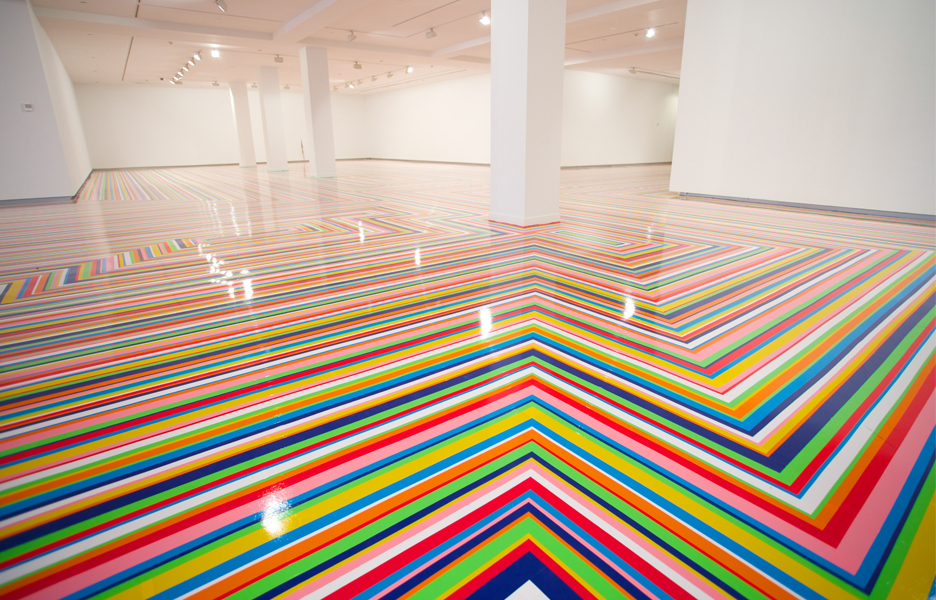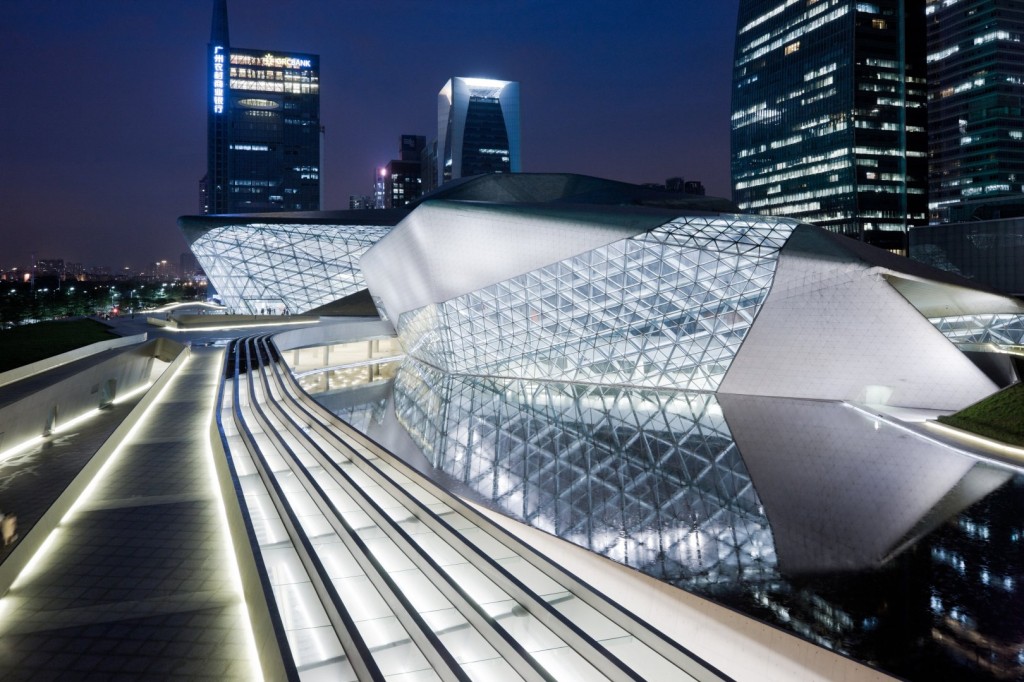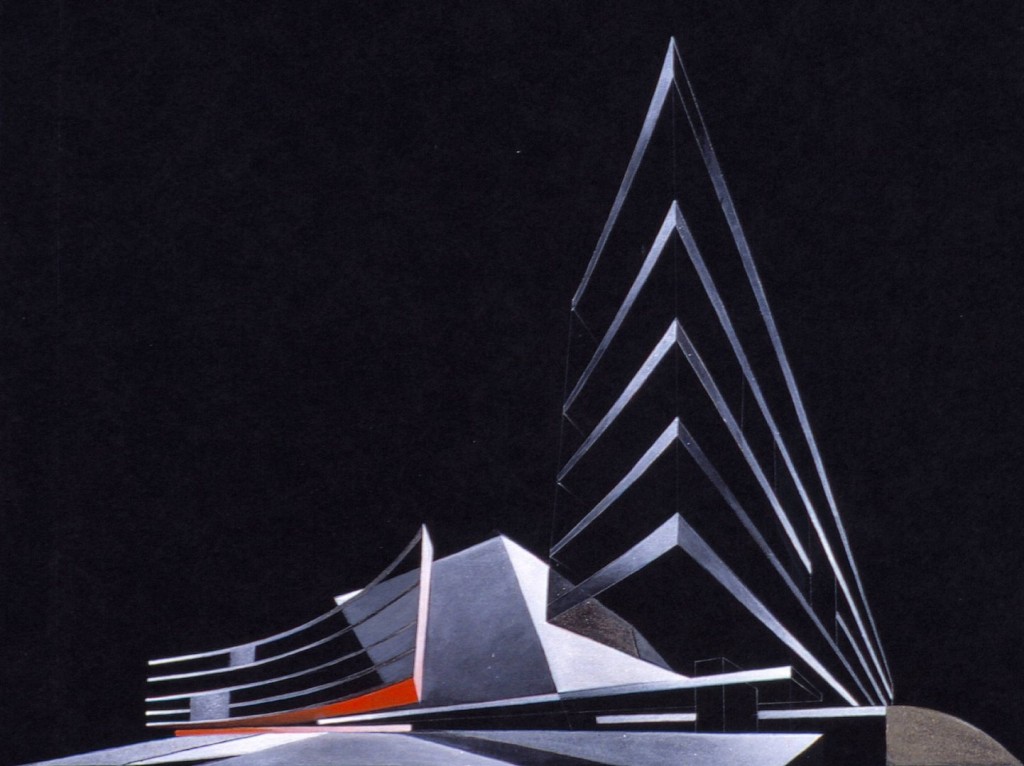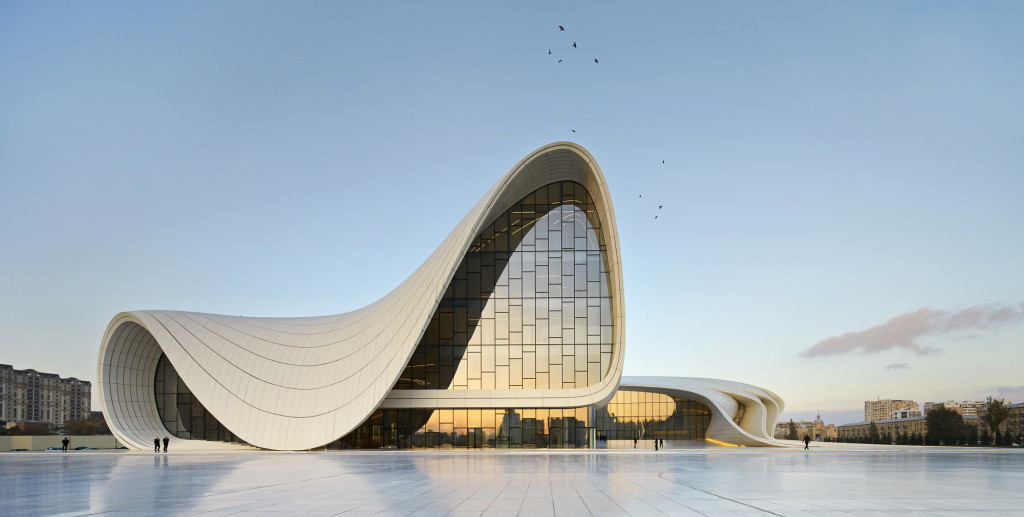
Zaha Hadid’s built legacy: performing arts buildings
Zaha Hadid’s built legacy: performing arts buildings
Share
Above: Heydar Aliyev Centre, photo by Hufton+Crow. Written by Penny Craswell.
This excerpt originally appeared in AR145 , as part of a retrospective article on Hadid by Penny Craswell. AR145 is available now through newsstands and digitally through Zinio.
The most significant of Hadid’s building designs for the performing arts include the Guangzhou Opera House (2003–10) and the Heydar Aliyev Centre (2007–12). Best experienced at night, the Guangzhou Opera House consists of two large sculptural forms, which Hadid’s office likens to pebbles in the river.
Many have seen the opera house as an indication of what could have been, had Hadid’s design for the Cardiff Bay Opera House been built – a project that became a political football and ended up being ditched in favour of a less radical design. Instead, Guangzhou was able to lay claim to being the first city with a Zaha Hadid opera house. The structure consists of a concrete auditorium set within a granite and glass-clad steel frame, where the glazing exposes the steel frame – its effect is like a spider’s web or a prism of light. Inside, the foyers are filled with unusual twists and turns, and the auditorium, divorced from the rest of the building visually, presents an undulating caramel-contoured space set with twinkling spotlights above.
In Baku, the Heydar Aliyev Centre is similarly sculptural. Here, the asymmetrical front façade contains several swooping curves in pure white. There is no distinction between walls and roof – all is one large sculptural element that seems dropped from above. Its singularity is achieved through its unbroken exterior skin, clad in glass-fibre reinforced concrete (GFRC) and glass-fibre reinforced polyester (GFRP).
The interior is almost spiritual in its white, curved beauty, creating capsule-like spaces, with neon strip lights that reinforce the sense that it has been carved by a sculptor. Both buildings serve as monumental symbols for the city – just as the museums have done – as well as interrogating and inspiring performing artists and their audiences to be as avant-garde as the building itself.
This excerpt originally appeared in AR145 , as part of a retrospective article on Hadid by Penny Craswell. AR145 is available now through newsstands and digitally through Zinio.
You Might also Like
